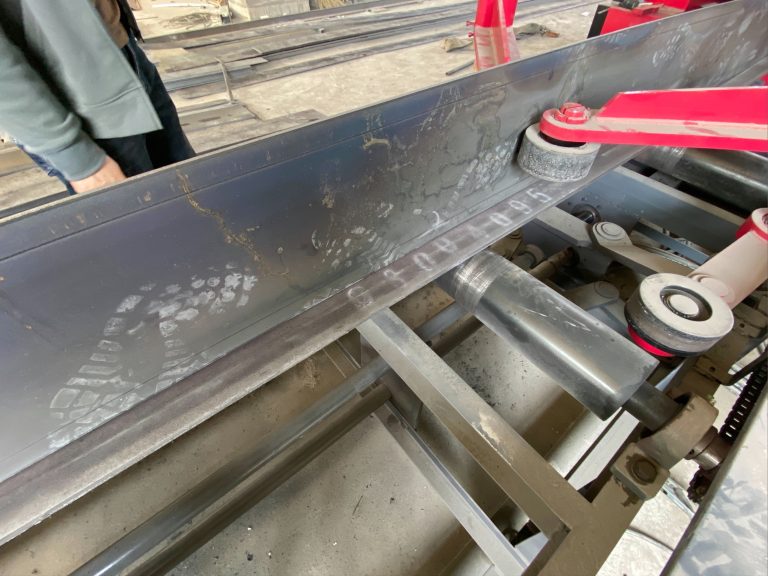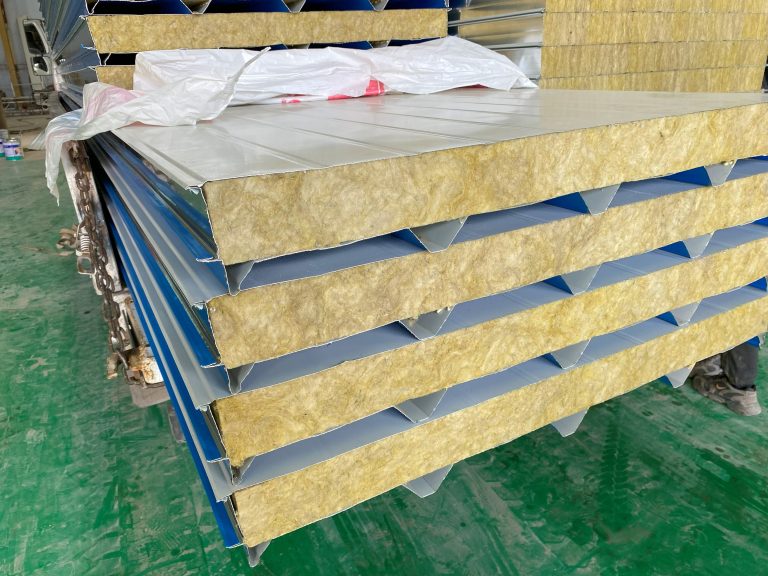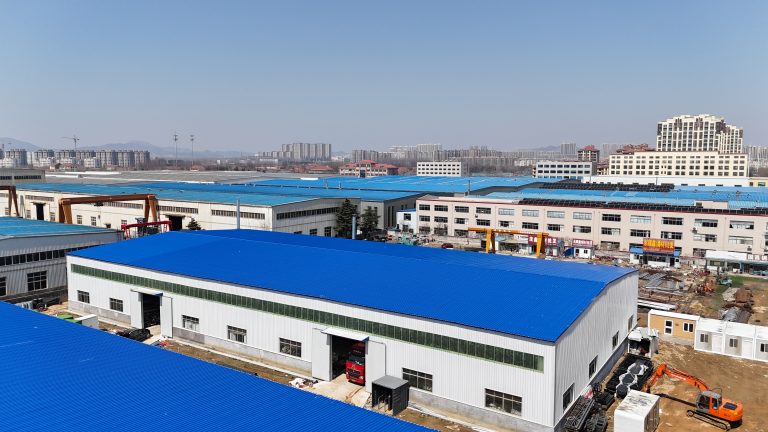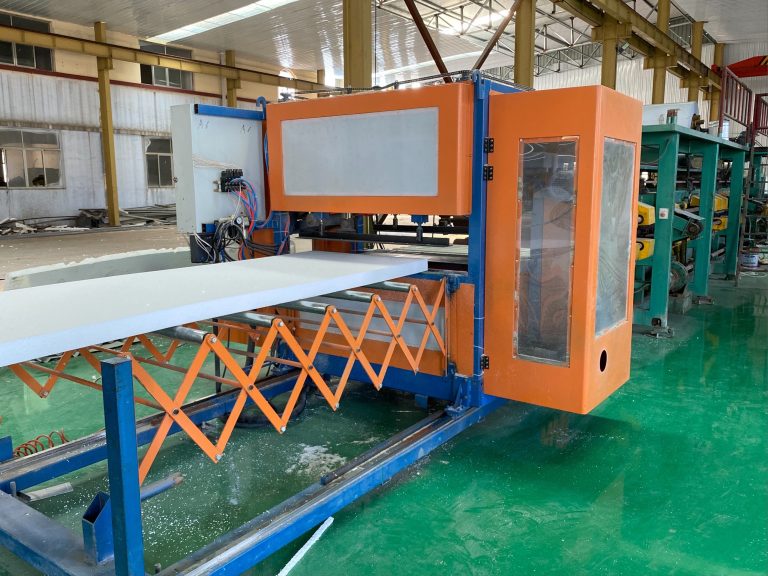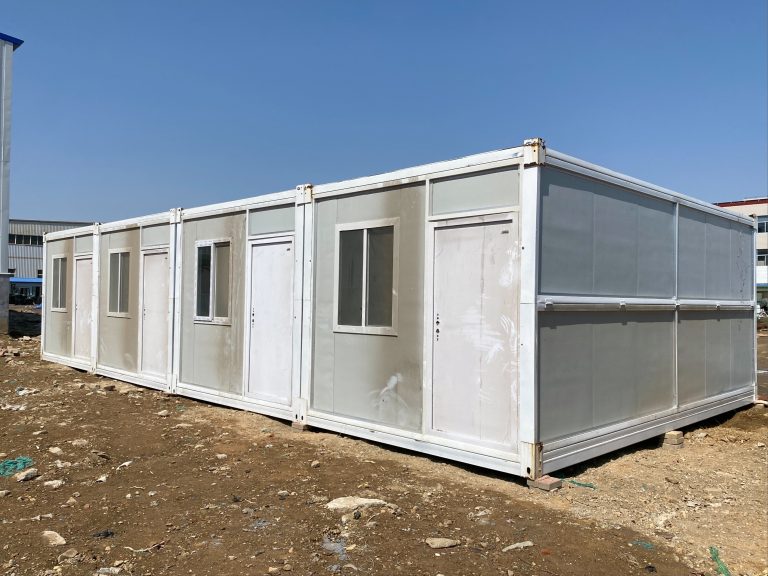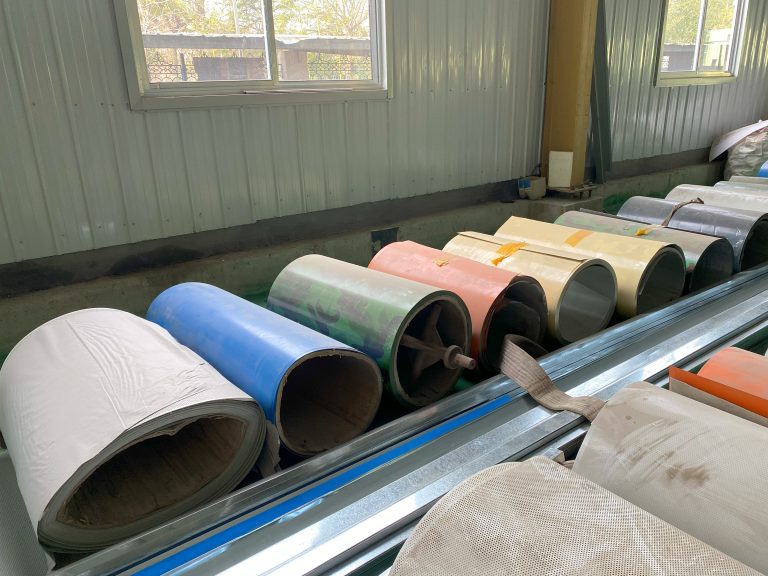Steel structure optimization: Balancing performance and cost.
Table of Contents
Benefits of Using Advanced Computational Tools for Steel Structure Optimization
Steel structures are a popular choice in construction due to their durability, strength, and versatility. However, designing an efficient steel structure that meets performance requirements while also being cost-effective can be a challenging task. In recent years, the use of advanced computational tools has revolutionized the process of steel structure optimization, allowing engineers to strike a balance between performance and cost.
One of the key benefits of using advanced computational tools for steel structure optimization is the ability to analyze complex structural systems with greater accuracy and efficiency. Traditional methods of structural analysis often involve simplifications and assumptions that may not accurately capture the behavior of the structure under different loading conditions. By using advanced computational tools such as finite element analysis (FEA) and computational fluid dynamics (CFD), engineers can simulate the behavior of the structure in a virtual environment, allowing for more detailed and accurate analysis.
Another advantage of using advanced computational tools is the ability to explore a wider range of design options and optimize the structure for different performance criteria. Engineers can quickly evaluate multiple design alternatives and assess their performance in terms of factors such as strength, stiffness, stability, and serviceability. This iterative design process allows for the identification of the most efficient and cost-effective solution that meets the project requirements.
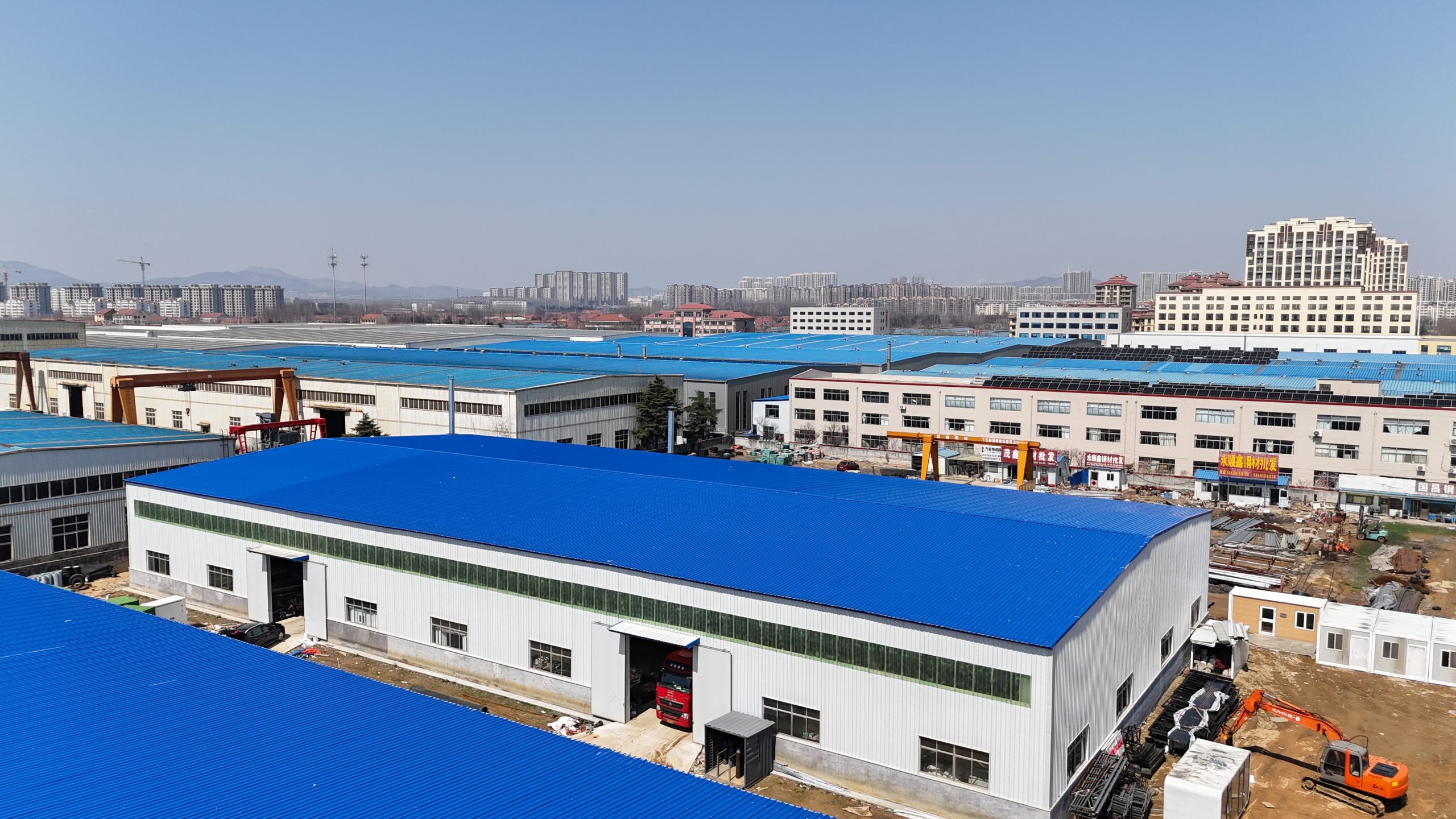
Furthermore, advanced computational tools enable engineers to consider the effects of various design parameters on the performance of the structure. By conducting parametric studies and sensitivity analyses, engineers can identify the most critical design variables and optimize them to achieve the desired performance targets. This level of insight and control over the design process can lead to significant improvements in the overall performance and efficiency of the steel structure.
In addition to performance optimization, advanced computational tools can also help engineers optimize the cost of the steel structure. By integrating cost estimation and optimization algorithms into the design process, engineers can identify cost-effective design solutions that meet the performance requirements. This holistic approach to design optimization ensures that the final structure is not only efficient in terms of performance but also cost-effective in terms of construction and maintenance.
Moreover, the use of advanced computational tools for steel structure optimization can lead to shorter design cycles and reduced project timelines. By automating repetitive tasks and streamlining the design process, engineers can quickly generate and evaluate design alternatives, leading to faster decision-making and implementation. This increased efficiency can result in cost savings and improved project delivery times, making advanced computational tools a valuable asset for steel structure optimization.
In conclusion, the benefits of using advanced computational tools for steel structure optimization are numerous and significant. From improved accuracy and efficiency in structural analysis to enhanced design exploration and optimization, these tools offer engineers a powerful means of balancing performance and cost in steel structure design. By leveraging the capabilities of advanced computational tools, engineers can achieve optimal design solutions that meet the project requirements while also being cost-effective and efficient.
Strategies for Achieving Optimal Performance and Cost Efficiency in Steel Structure Design
Steel structures are a popular choice in construction due to their strength, durability, and versatility. However, designing a steel structure that balances performance and cost can be a challenging task. In order to achieve optimal performance and cost efficiency, engineers must carefully consider a variety of factors throughout the design process.
One key factor to consider when optimizing a steel structure is the material selection. Different types of steel have varying properties, such as strength, ductility, and corrosion resistance. By selecting the appropriate grade of steel for the specific application, engineers can ensure that the structure will meet performance requirements while minimizing material costs.
In addition to material selection, the design of the steel structure itself plays a crucial role in achieving optimal performance and cost efficiency. Engineers must carefully consider factors such as load distribution, member sizing, and connection details in order to maximize structural efficiency. By utilizing advanced analysis techniques, such as finite element analysis, engineers can optimize the design of the structure to minimize material usage while still meeting performance requirements.
Another important consideration in steel structure optimization is the use of innovative construction techniques. Prefabrication and modular construction methods can help reduce construction time and labor costs, while also improving the quality and consistency of the final structure. By incorporating these techniques into the design process, engineers can achieve significant cost savings without sacrificing performance.
Furthermore, sustainability is becoming an increasingly important factor in steel structure design. By incorporating sustainable design principles, such as using recycled materials and minimizing waste during construction, engineers can reduce the environmental impact of the structure while also potentially lowering costs. Additionally, designing for adaptability and flexibility can help future-proof the structure, allowing for easy modifications or expansions as needed.
Throughout the design process, engineers must carefully balance performance and cost considerations in order to achieve an optimal steel structure. By considering factors such as material selection, design efficiency, construction techniques, sustainability, and adaptability, engineers can create structures that are both cost-effective and high-performing.
In conclusion, optimizing a steel structure for performance and cost efficiency requires careful consideration of a variety of factors throughout the design process. By selecting the appropriate materials, optimizing the design, utilizing innovative construction techniques, and incorporating sustainable design principles, engineers can create structures that meet performance requirements while minimizing costs. By striking the right balance between performance and cost, engineers can ensure that steel structures are not only strong and durable, but also cost-effective and sustainable in the long run.

